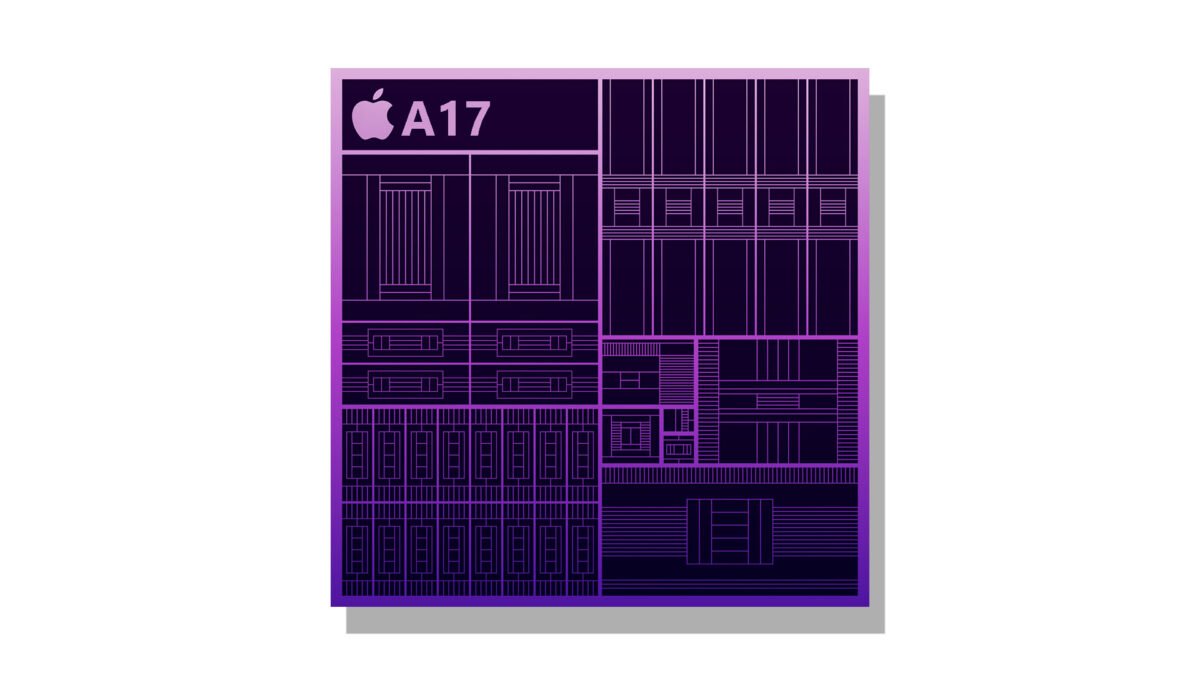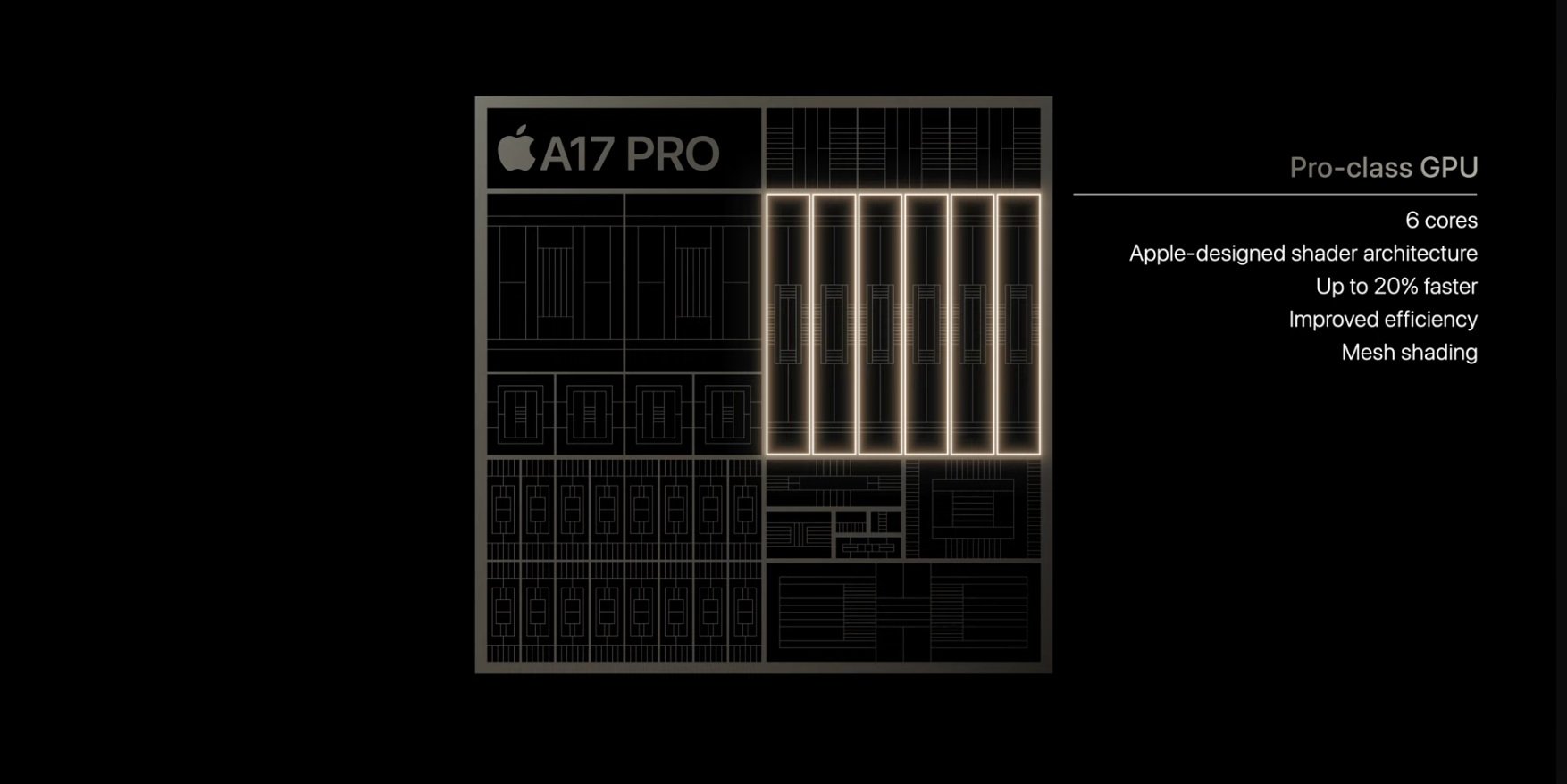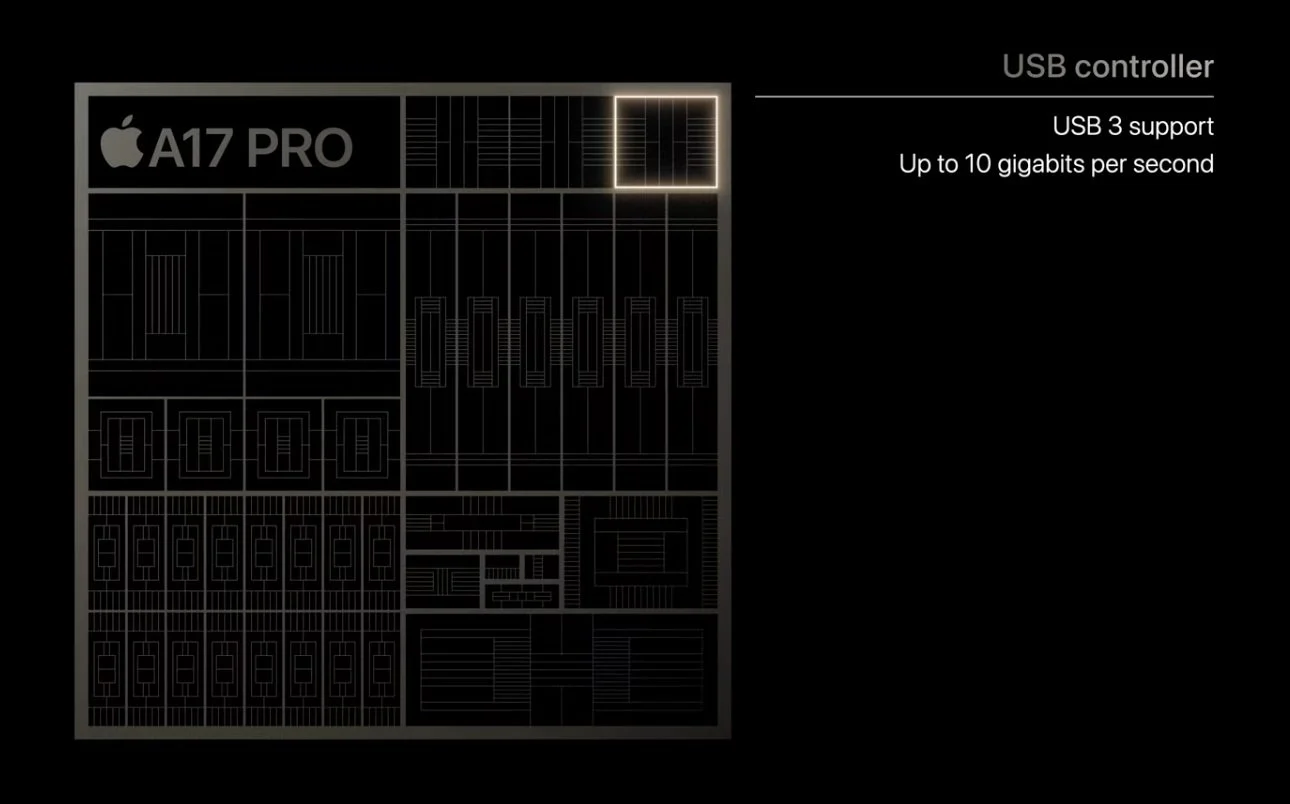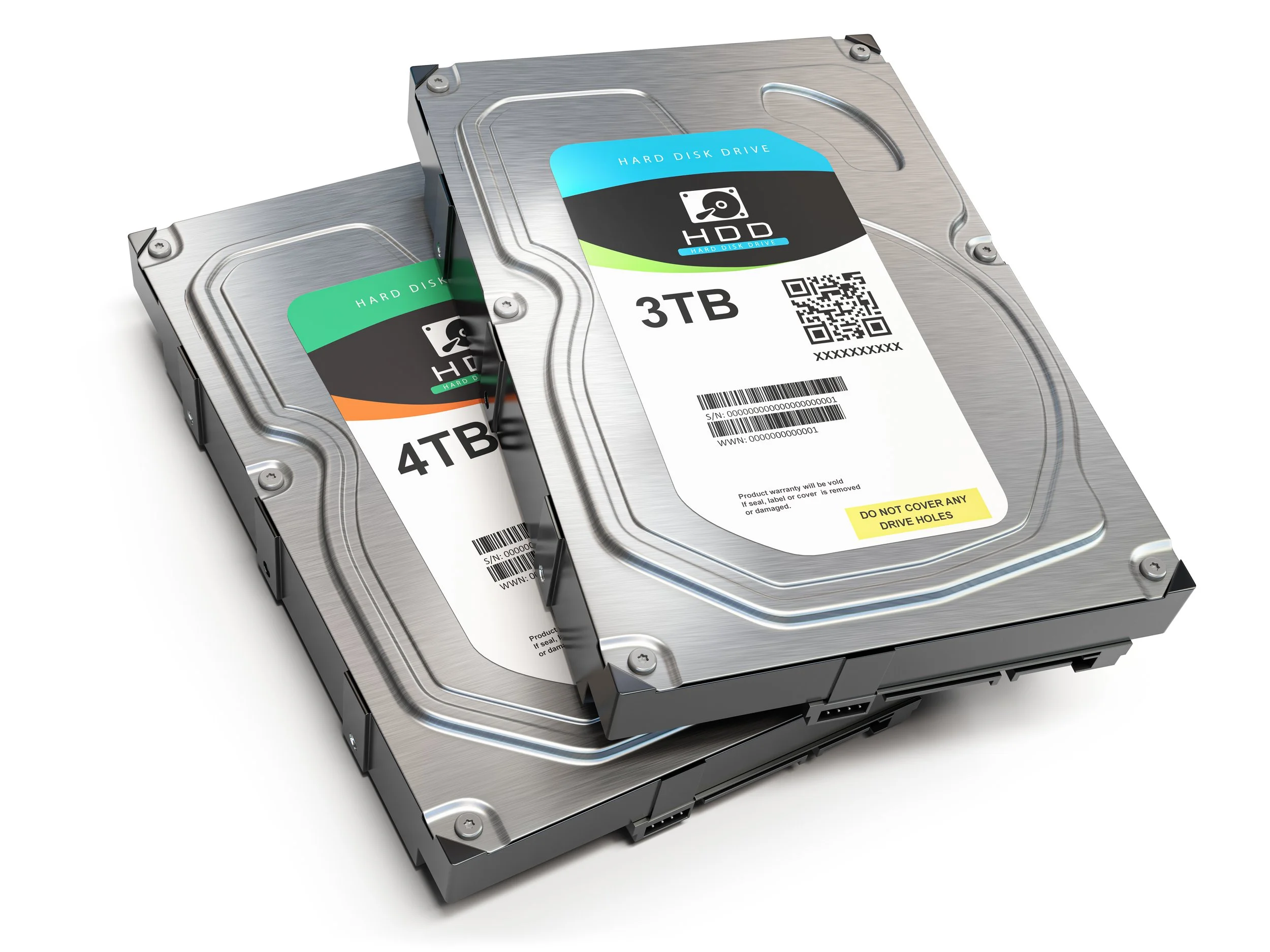Let's examine Apple's most powerful chip to date the A17 Pro
It's been almost two weeks since Apple unveiled its newest flagship smartphone, the iPhone 15. Introducing new features and hardware upgrades. Speaking of which, the hardware that has everyone and myself excited is the A17 Bionic chip, an upgrade from the A16. Apple is proclaiming the new bionic chip as being the most powerful they have ever produced. Boasted claims like that have me curious: Is the latest mobile processor really powerful? Let's examine Apple's potent A17 processor and outline some of its core specs and features.
It's built on a smaller architecture.
Apple's A17 Bionic processor is constructed on a new 3nm architecture, a scaled-down variant from the 4nm processor node of the A16 chip. Shrunken architecture ( or node) means more transistors can be incorporated into the processor, 19 billion to be exact.
The A17 processor has increased its transistor count by 3 billion—more than the last-gen processor, the A16 Bionic, which has 16 billion transistors.
The packaged cores
The A17 Pro is packing 6-CPU cores, along with four high-efficiency cores. In addition, it has two high-performance cores, which Apple states can handle heavy workloads. Even though the components inside mirror the A15 and A16 Bionic processors, there is a 10% increase in overall performance. The Neural Engine plays a significant role in why the processor is fast, which is two times faster than past iterations. With 16 cores, it can perform 35 trillion operations per second.
The six cores GPU
Apple's announced new GPU
The most standout component in the A17 Pro is the new GPU. It has a 20% increase in peak performance, thanks in part to its 6-cores. Apple claims the GPU will enable users to play known gaming titles, such as Resident Evil remake and Assassin's Creed Mirage.
Observe the USB 3 controller
The iPhone 15 now supports USB-C
The iPhone 15 now supports USB-C (USB 3). You can attribute that to the new A 17 Pro processor. With the latest processor, the iPhone 15 can directly transfer massive data, with speeds up to 10GB/s.







